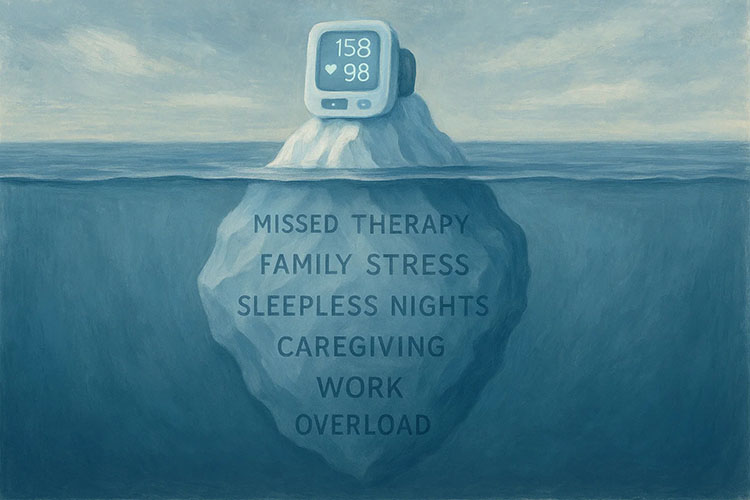
What is Pink Eye?
Pink eye, also known as conjunctivitis, is an inflammation of the tissue on the inside the eyelids. It can be caused by both infectious and noninfectious sources. It impairs vision and usually lasts less than four weeks (acute conjunctivitis). When it lasts more than four weeks the underlying cause is usually another disease such as sexually transmitted diseases.
What Causes Pink Eye?
Viruses and bacteria can cause pink eye, and these are called the infectious cause of conjunctivitis. It can be transmitted by direct contact with the eye. Differential diagnosis can come from health tests and medical history, including information related to inflammation like allergies, to provide the most appropriate treatment. The non-infectious cause of pink eye can be a response to the antibodies of any allergen or foreign particles in the eye that have a toxic component that irritate the eye, like smoke, dust or even frequent use of contact lenses.
In newborns, pink eye infection is not associated with the same common causes as youth and adult conjunctivitis. Newborn conjunctivitis may occur immediately after birth or up to two weeks after birth. The most common causes are the mother not being treated for Chlamydia, Gonorrhea or other such viruses. An expectant mother’s health can directly affect the eye health of the newborn. But most hospitals treat the newborn with antibiotics when born to prevent this eye infection.
How to Treat Conjunctivitis?
To determine the proper treatment of conjunctivitis, your physician will need to know the symptoms that are present to determine the type of conjunctivitis:
| Pain | Any acute discomfort common in pink eye disease |
| Photophobia | Discomfort due to light exposure |
| Blurred vision | Impaired vision |
| Discharge | Any secretion with color or crusting in the eye. It’s more common in infectious conjunctivitis |
| Itching | Dryness and irritation. It’s more common in non-infectious conjunctivitis. |
| Swelling | Inflammation that affects the eye’s natural form |
Based on the differential diagnosis, treatment is given to reduce the symptoms and discomfort that the inflammation is causing. It’s important to be properly evaluated because other diseases can present like conjunctivitis, such as glaucoma, dry eye disease, and blepharitis (a disease like dry eyes, but redness is concentrated in the margin of eyelids). For viral conjunctivitis, antibiotics may be prescribed based on the physician’s assessment. For non-bacterial causes of conjunctivitis (allergens or particles in eye), other approaches to reduce symptoms may include artificial tears to lubricate the area, and antihistamines to reduce the effect of allergens.
To prevent pink eye or conjunctivitis, good eye hygiene its essential, and includes being careful with eyedrop medication (keep it from being contaminated with your fingers and make sure it’s covered so it’s not exposed to environmental bacteria). You must also wash your hands frequently before touching your face. Be sure to clean your make up brushes and sponges regularly. Also, clean and replace your contact lenses as recommended by your eye doctor*.
Are you experiencing any of these symptoms? Download Medek today to see a healthcare provider.
Prepared by: Janice Annette Padilla, MHSN
Master’s degree in public health and nutrition
Referral scientific sources:
Medline Plus: https://medlineplus.gov/pinkeye.html
National Institute of Health: US National Library of Medicine: https://www.ncbi.nlm.nih.gov/pmc/articles/PMC4049531/
Center for Disease Control: https://www.cdc.gov/conjunctivitis/



